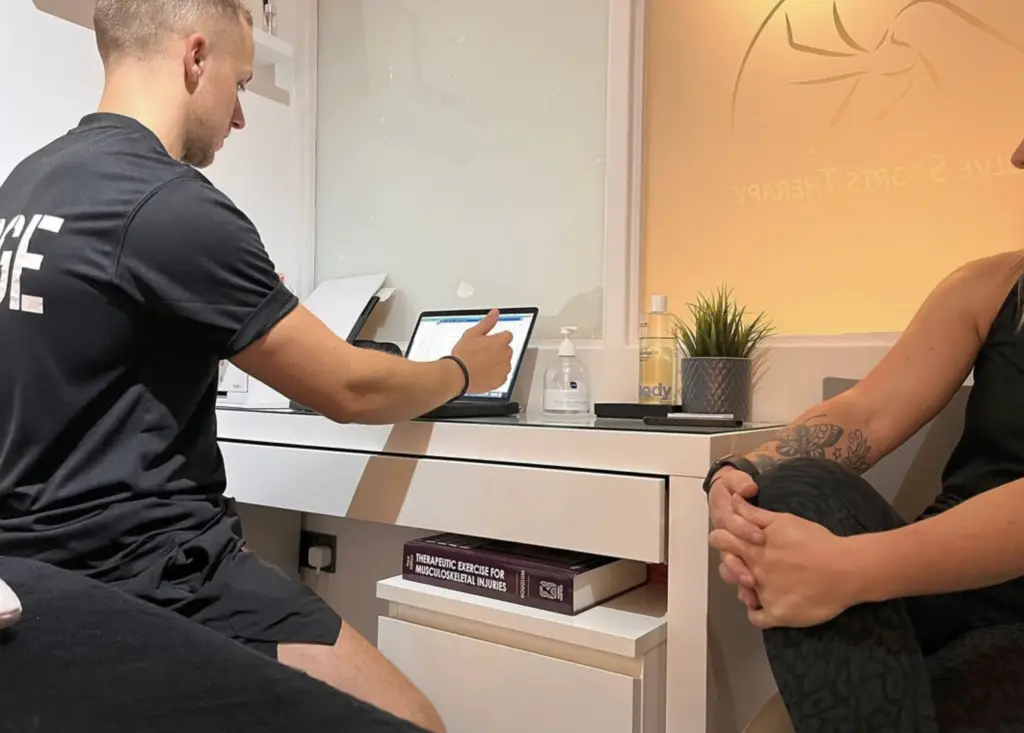Living a Pain-Free Life: Overcoming Joint Pain
Joint pain is a common issue that affects people of all ages and activity levels. Whether it’s back and spine discomfort, knee pain, or shoulder pain, these ailments can make daily activities difficult and reduce your quality of life. However, living pain-free is possible with the right approach. A sports therapist can be an invaluable resource in diagnosing, treating, and preventing joint pain. In this post, we will explore how specific joint pains occur, how they can be treated, and how a sports therapist can help you achieve a pain-free life.
1. Back and Spine Pain: Causes and Treatment
Pain in the back and spine is one of the most common types of joint-related discomfort, affecting millions of people worldwide. This type of pain can stem from various causes, including poor posture, muscle imbalances, herniated discs, or spinal degeneration. Prolonged sitting, heavy lifting, and even stress can contribute to back pain, making it a complex issue to address.
Treatment by a Sports Therapist:
A sports therapist specializes in movement and muscle function, making them highly effective in addressing back and spine pain. They can perform a thorough assessment to identify the root cause of your discomfort. Through targeted exercises, manual therapy, and posture correction, they help relieve muscle tension, strengthen weak areas, and improve overall mobility. Sports therapists also teach you how to move more efficiently, minimizing strain on the spine and reducing the risk of future injuries.
Key treatments include:
- Manual therapy: Soft tissue massage, joint mobilization, and manipulation to reduce muscle tightness and improve mobility.
- Exercise therapy: Strengthening the muscles supporting the spine, including the core and lower back, can alleviate pain and improve posture.
- Postural correction: Addressing poor posture can relieve chronic strain on the back and spine, helping you maintain a healthier alignment during everyday activities.
2. Knee Pain: Causes and Recovery
Knee pain is another common joint issue, often caused by overuse, improper form during exercise, or age-related wear and tear. It’s frequently seen in athletes, runners, and individuals who perform repetitive movements. Conditions such as tendinitis, ligament injuries, or osteoarthritis can all result in knee pain. If left untreated, knee pain can become debilitating and limit mobility.
How a Sports Therapist Can Help:
A sports therapist will start by analyzing your gait and assessing the range of motion and strength in your lower body. By identifying any imbalances or improper movement patterns, they can develop a personalized treatment plan to reduce your knee pain.
Key treatments include:
- Strengthening exercises: Focus on strengthening the muscles around the knee, such as the quadriceps, hamstrings, and calves. Stronger muscles support the knee joint and reduce strain.
- Corrective exercises: A sports therapist can guide you through exercises that correct movement imbalances that may be contributing to knee pain, such as uneven weight distribution or poor foot alignment.
- Joint mobilization: Hands-on therapy techniques improve knee mobility, reduce stiffness, and restore natural movement in the joint.
By addressing the root causes of knee pain, a sports therapist not only alleviates discomfort but also prevents future injuries, helping you regain confidence in your movement.
3. Shoulder Pain: Causes and Rehabilitation
Shoulder pain is often caused by overuse, poor posture, or injuries such as rotator cuff strains or tendonitis. It is common among people who perform repetitive overhead motions, such as athletes in sports like tennis, swimming, or weightlifting. Shoulder pain can also arise from poor posture while sitting or working at a desk for extended periods.
The Role of a Sports Therapist:
A sports therapist is highly skilled in diagnosing and treating shoulder pain by focusing on the mechanics of the shoulder joint and surrounding muscles. They will assess your range of motion and identify any imbalances or muscle weaknesses that may be contributing to your discomfort.
Key treatments include:
- Manual therapy: Hands-on techniques, including deep tissue massage, help release tension and improve blood flow to the affected areas.
- Strengthening exercises: Targeted exercises strengthen the rotator cuff muscles, as well as the muscles around the shoulder blade, to provide better support for the joint.
- Range of motion exercises: A sports therapist will guide you through exercises that improve shoulder mobility, helping to reduce stiffness and improve functional movement.
Additionally, they will work with you to correct any posture issues that could be exacerbating shoulder pain, such as forward-rounded shoulders, and provide ergonomic advice for your workspace.
Conclusion
Joint pain in the back and spine, knee, or shoulder can severely impact your quality of life. Fortunately, a sports therapist is equipped to not only treat these pains but also prevent them from recurring. Through personalized assessments, targeted exercises, and manual therapy, they address the root causes of your pain and help you achieve long-lasting relief. With the right treatment and lifestyle adjustments, you can live a pain-free life and enjoy better mobility, strength, and overall well-being.


